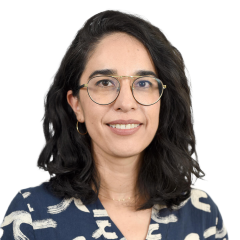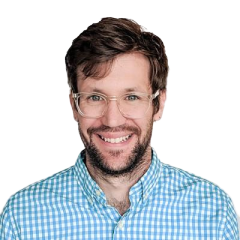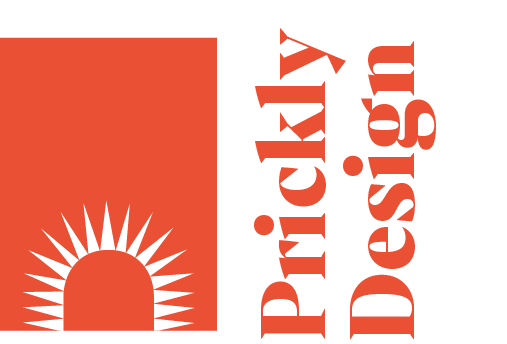Positioned in the fairly prickly space between academic institutions and community actions, we engage in systems change through everyday practices. Our work involves making with local residents and their relations to designed worlds.
Started in 2024, Prickly Design is an effort to make design research that is accessible and workable for residents of the Sonoran Desert. Although Prickly Design is initiated by faculty members in The Design School Arizona State University, it is meant to serve as a commons that supports local residents in exploring what it means to design with a specific place.
We have begun our work the Gifts for Tempe initiative, which is an effort to learn about and explore ways of living with plants and water in Tempe, Arizona.
In the future, we hope to have more initiatives that engage a diverse range of residents in the Sonoran desert and begin building a library of materials that others can use to make, share, and act on knowledge that supports healthier, more sustainable lives.
Who we are
We warmly welcome collaborators. Please reach out if you’d like to join us in shaping a commons for designing more sustainable futures.

Marysol is an Assistant Professor in The Design School at ASU. She is an interaction designer, researcher, educator, and embroiderer. Her work focuses on design practices and ways-of-being as designers that center on caring for relations, over solving problems, to address the multiple socio-ecological crises we face today. ASU Profile.

Andrew Whitcomb is also an Assistant Professor in The Design School at ASU. His current research investigates the structure and practice of design education, particularly the relation among community issues, learner experiences, and institutional models. ASU profile.
Our philosophy
Our philosophy is informed by four perspectives that we believe are especially relevant for working with design in a specific place:
Knowing – we need multiple ways of understanding and investigating the world. As such, we aim to bring together descriptive knowledge about a place—for example, tree coverage or traffic counts—with somatic expertise and everyday experience.
Living – sustainability cannot be end-goal, since each new generation will always face new socio-environmental issues. This means we need to engage with ways of living as they exist in time, investigating how the past and the present shape our aspirations for possible futures.
Valuing – our individual interests and desires are wrapped up in contemporary social life. By attending to the forces that shape our intentions, we strive to act more carefully towards each other and ecosystems we engage with on a daily basis.
Making – knowing, living, and valuing happen through our interactions and relationships with physical things. We make as a way to enhance and challenge our perceptions, to learn from senses and emotions, and to communicate beyond words.

Our approach
Based on our philosophy, the approach to design research that we use brings together a variety of activities found in areas such as design, arts, crafts, anthropology, urban planning, and sociology.
Some of our current activities include:
- Walking
- Local interviews
- Collaging
- Mapping
- Reflective writing
More coming soon…
We’re slowly exploring our region and learning how to engage with its residents. Our aim is to generate a space that supports collective learning, imagining, building, remaking, and living in tune with the Sonoran Desert.
